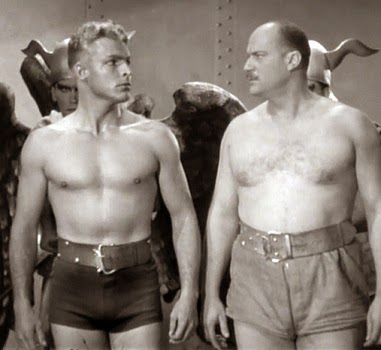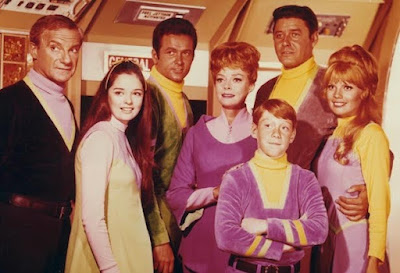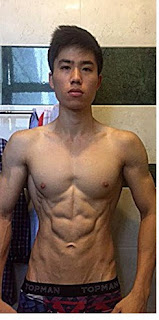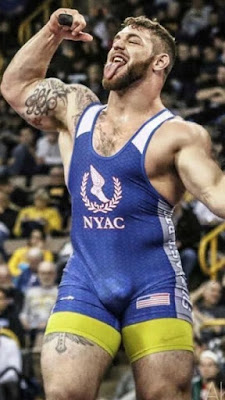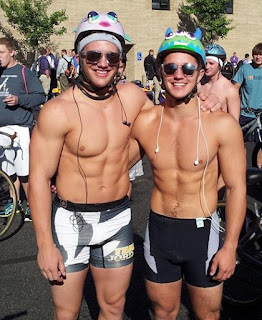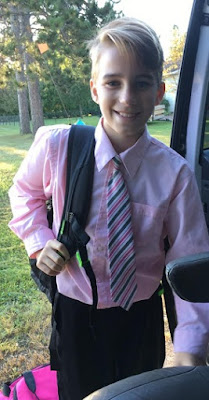 Norfolk, July 2000
Norfolk, July 2000Tarik was 32 years old, working as a dietician in a hospital and cruising for older white guys, preferably cops.
Norfolk was a rough town, and rather homophobic, so you had to be careful: a lot of the cops would let you go down on them, then rob you or beat you up. But there weren't a lot of gay venues other than the bars: he went to the MCC, the gay church, and wrote for Our Own Community Press, the local gay newspaper.
It was at the MCC that he met Mitchy: in his 50s, short, thin, greying, a bit on the femme side (I have an image of Leslie Jordan), and something of a dollar-dropper (trying to attract guys with an ostentatious display of wealth). Three minutes into the conversation, he had mentioned that he lived in Linkhorn, the wealthiest neighborhood in Virginia Beach, and that he owned a Rembrandt. All in a thick Tidewater accent: "Hello theah, deah. Ahm'm from Linhohn. Ah own a pictuah by Rembrandt."
Maybe because he grew up poor and a member of the black-supremacist Nation of Islam, Tarik always found topping rich white guys very erotic, so he accepted Mitchy's invitation to "come ovah."
Not a great hookup. A 45 minute drive, and turns out that Mitchy wasn't into anal; he was an oral top, and not even hung. Plus his house was very cold, the Rembrandt was of a woman, there was another picture of a naked woman in the bedroom, he had torch songs playing constantly, and he was a bit racist: "Would you lakh to heah something else? I know y'all lakh rap..."
But Tarik was not used to being pursued, so when Mitchy called two nights later and asked "Why don't yah come ovah?", he agreed.
More boring oral sex while a naked woman looked down on them and torch songs played, and it was so cold that they had to stay under the covers.
Three nights later "Why don't yah cove ovah for dinnah?"
Mitchy served pork chops! Tarik didn't belong to the Nation of Islam anymore, but he still avoided pork. He filled up on mashed potatoes and green beans, and then there was more oral sex right at the dining room table, before dessert.
And Mitchy insisted that he spend the night.
This was turning into a full-fledged relationship, except Mitchy never wanted to go out. Apparently he was too closeted to go to the bars, and the day they met was the only time he attended the MCC. He looked up in online chatrooms, and went out to First Landing State Park, the outdoor cruising area in Virginia Beach.
Great, an unwanted boyfriend who wasn't into anal, who wasn't hung and who was in the closet!
Tarik accepted "Why don't yah come ovah?" invitations two or three more times before getting the gumption to say "No. Sorry, I don't feel like it tonight."
"But deah, I'm horney. I have needs."
It was always about Mitchy's needs, wasn't it? "Sorry, I don't feel like it."
"But deah, if you won't come ovah, I'll have to go to the park to meet a fella."
"Do what you want. I'm not coming over." Tarik hung up on him.
The next day when he went to the office of Our Own Community press, they were talking about a newspaper article. "Does anyone know if he was gay? Was it really a bashing incident?"
Mitchy's housekeeper found him dead in his bedroom. He had been beaten and strangled. Nothing was taken. The police were baffled, but Tarik figured that he had gone out cruising and propositioned the wrong guy.
Tarik felt guilty, of course. If he hadn't said "no" that night. But Mitchy made the decision to pick up rough trade. He made the decision to stay in the closet.
A few weeks later, Tarik was lying in bed, just dozing off, when the phone rang.
"Hello, deah. Why don't yah come ovah?"
A prank call? But Tarik had told only a few people about his hookup/dates, and no one about Mitch's signature phrase or thick Tidewater accent.
Mitchy still pestering him for a hookup from beyond the grave?
The full story, with explicit sex and nude photos, is on Tales of West Hollywood.




















































